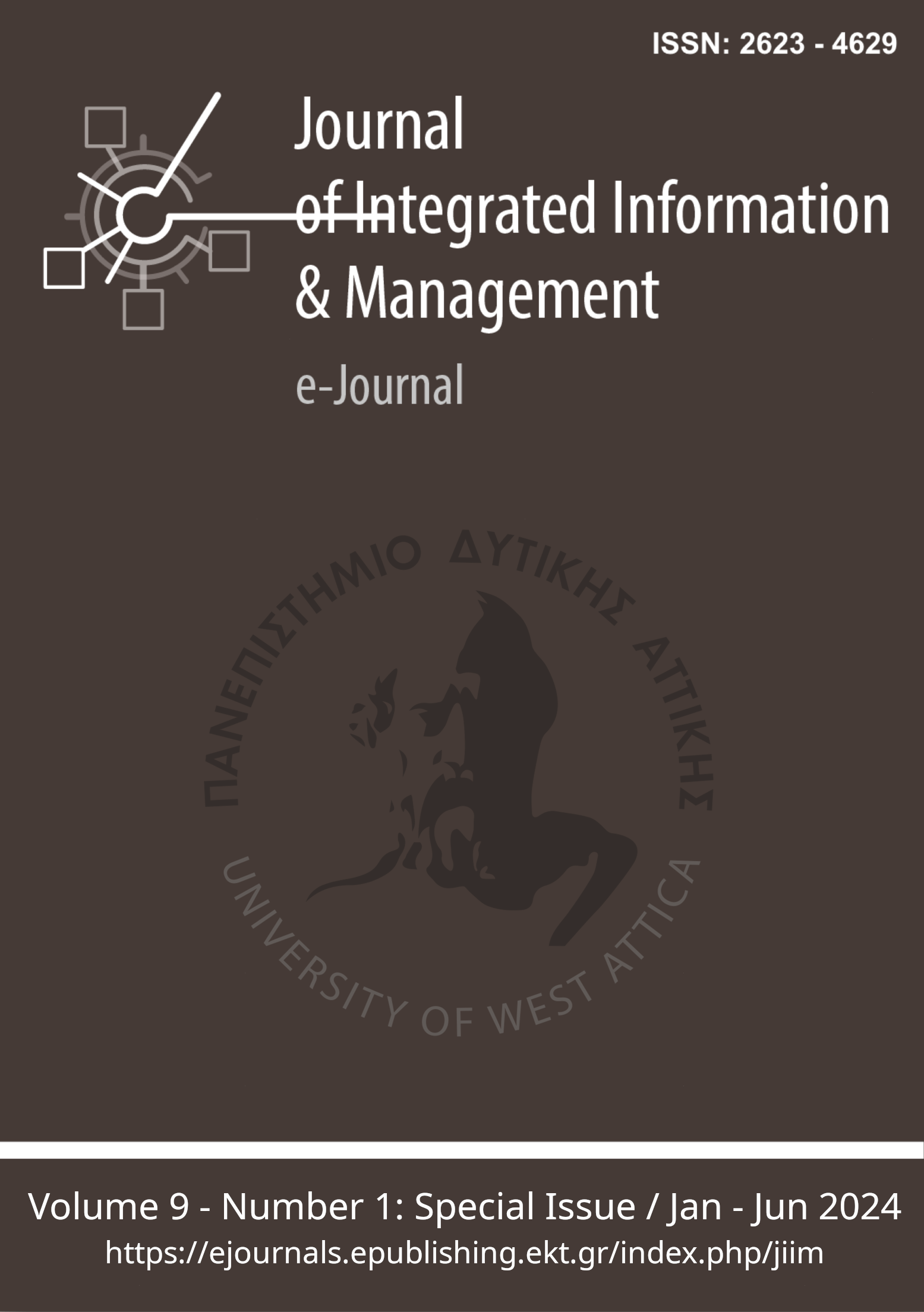Showcasing sepulchral heritage through cultural routes and activities The views and opinions of the “audience” of the Anastasis Cemetery in Piraeus

Abstract
Purpose - Cemeteries, intrinsically linked to the history of people and communities, are places of historical remembrance and significant witnesses to local history. However, their abundant written and artistic testimonies often remain obscure, primarily due to the association of these sites with death and decay. The Anastasis Cemetery (“Cemetery of Resurrection”) in the Evgenia Drapetsona area of Piraeus is a noteworthy case. Numerous funerary monuments attest to the presence of prominent families from Piraeus, who have contributed to the historical development and shaping of the city's identity. The purpose of this article is twofold: first, to highlight the "voices" of the cemetery audience regarding the sepulchral heritage of Piraeus, focusing on its preservation, enhancement, and utilisation; and second, to suggest ways for the transformation and cultural revitalisation of the burial site, primarily through cultural routes and various activities.
Design/methodology/approach - To study the attitudes and opinions of the audience at the Anastasis Cemetery, an online survey was conducted over approximately one year. This digital approach proved effective, resulting in a considerable number of completed questionnaires. Participants from municipalities in Attica were invited to engage, provided they had prior familiarity with the Cemetery and had visited it at least once. In total, the survey engaged 104 participants.
Findings - The research highlighted the participants' attitudes and opinions on issues related to the use of the burial site, as well as its educational and cultural utilisation through activities, art exhibitions, lectures, tours, and workshops, while always considering its primary function and users. Additionally, it identifies ways in which the audience could contribute to the management of the burial site.
Originality/value - This research introduces, for the first time, the issue of showcasing and utilizing Greek funerary heritage, examining the "voices" of the cemetery audience, which constitutes the users of the space.
Article Details
- How to Cite
-
Dermitzoglou, G. (2024). Showcasing sepulchral heritage through cultural routes and activities: The views and opinions of the “audience” of the Anastasis Cemetery in Piraeus. Journal of Integrated Information Management, 9(1), 52–62. Retrieved from https://ejournals.epublishing.ekt.gr/index.php/jiim/article/view/38588
- Section
- Research Articles

This work is licensed under a Creative Commons Attribution-NonCommercial 4.0 International License.
Copyright Notice
Authors who publish with JIIM agree to the following terms:
- Authors retain copyright and grant the journal right of first publication with the work simultaneously licensed under a Creative Commons Attribution Non-Commercial License that allows others to share the work with:
- An acknowledgment of the work's authorship and initial publication in this journal.
- Authors are permitted and encouraged to post their work online (preferably in institutional repositories or on their website) prior to and during the submission process, as it can lead to productive exchanges, as well as earlier and greater citation of published work.





